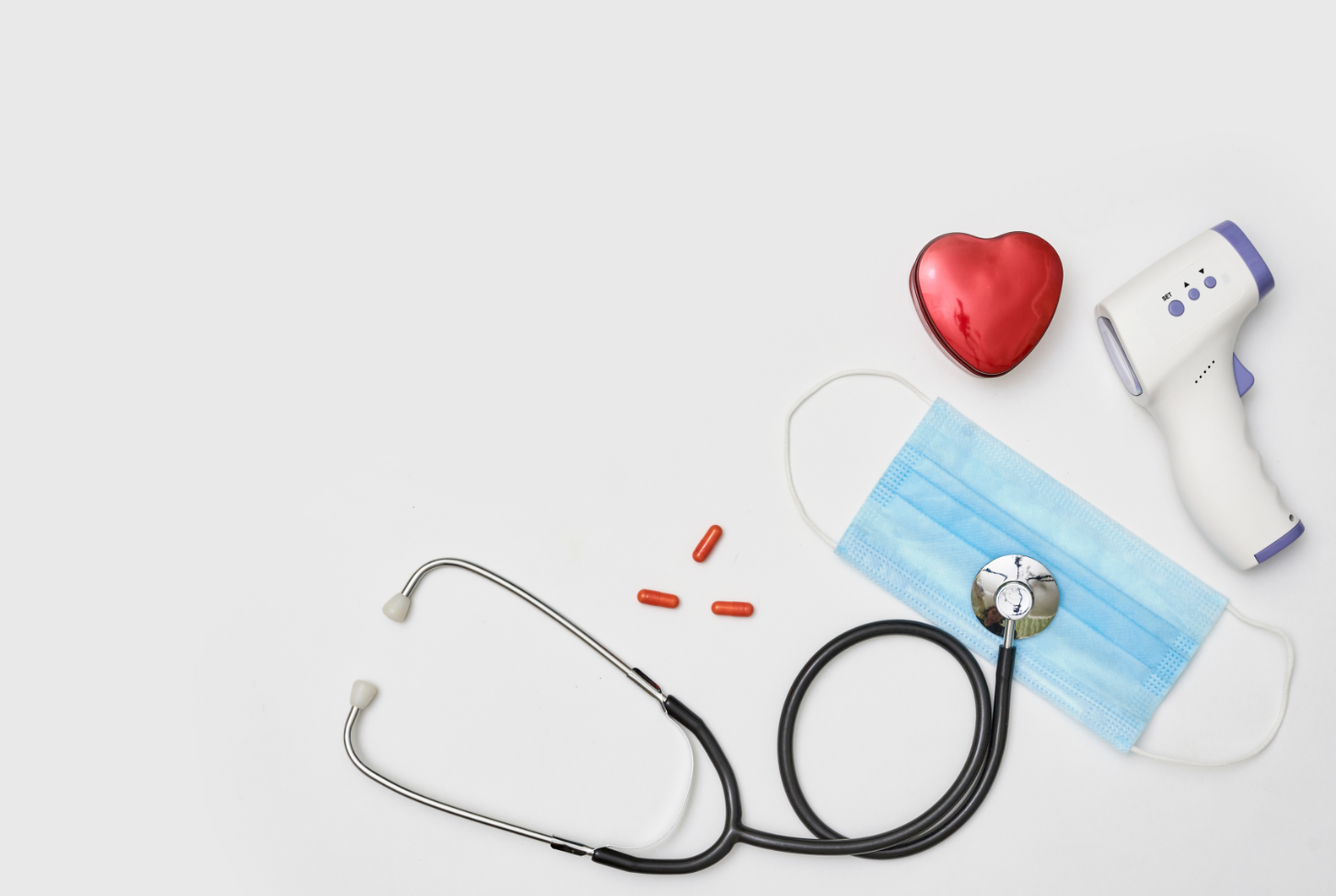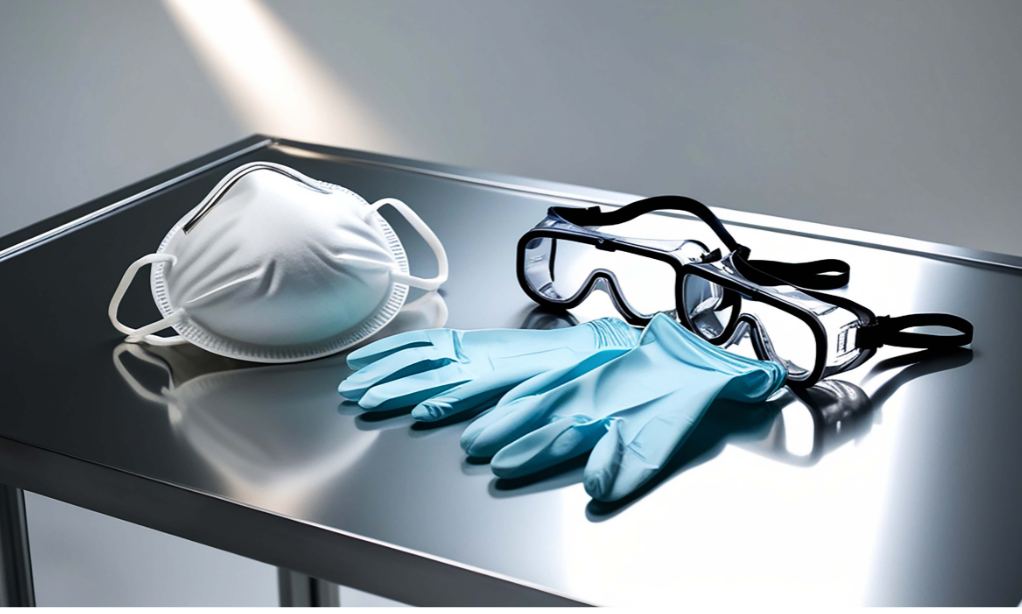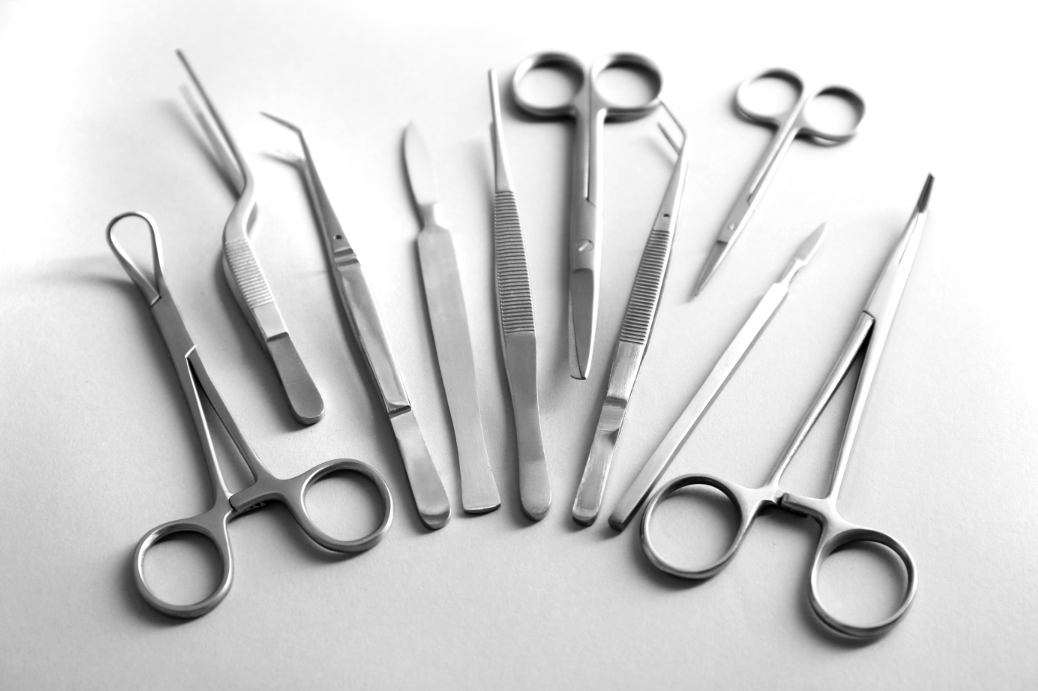
Date: 07 Nov 2025
When purchasing medical supplies online, one key decision is whether to choose disposable or reusable items. Both types have their place in healthcare and home-care settings, yet they differ significantly in cost, hygiene, environmental impact, and suitability for particular situations.
In this article, we will explore the definitions, common examples, advantages and disadvantages of each, and guide you on when to choose which option. Throughout, we’ll reference trusted Kenyan suppliers such as Pharmily for examples of available products.
Common Disposable Medical Supplies

“Disposable” items are designed for single use or limited use and then discarded, which helps reduce cross-contamination risks. Here are typical examples:
1. Gloves, Masks, Syringes
These items are widely used in clinical settings, home-care, first-aid, and outpatient services where hygiene is a primary concern.
Common Reusable Medical Supplies

Reusable supplies are designed to be cleaned, disinfected, or maintained, and reused multiple times. These often represent a larger upfront cost but may provide better value in the long run.
Examples include:
- Blood pressure cuffs (digital or manual)
- Nebulizer kits (compressor-type)
- Canes, walkers, crutches (mobility aids)
- Oxygen nasal prongs (in some cases) if cleaned/replaced appropriately
On Pharmily, you will find general “Medical Equipment” listings that include items like nebuliser kits. While not all items are explicitly labelled “reusable”, equipment that is built to last and cleaned falls into this category.
Pros and Cons of Disposable Products
Pros
- Hygiene and infection control: Because they are single-use, disposables minimise the risk of cross-contamination, which is critical in clinical or home-care settings with vulnerable patients.
- Convenience: They require little or no maintenance (no cleaning, sterilisation, or attention to durability). You buy, use once, dispose.
- Low initial cost: Many disposable items are inexpensive per unit (though recurring cost should be considered). For example the PE gloves above are priced affordably.
- Suitable for emergencies or high-turnover settings: When many users are using items sequentially (e.g., gloves, masks), disposables make sense.
Cons
- Recurring expense: Because you must continually purchase new disposables, over time the cost adds up—especially if usage is high.
- Environmental impact: Single-use items contribute significantly to waste. More plastic, more disposal, more burden on waste systems.
- Potentially less robust: Since they are designed for single use, they may not be as strong or durable as reusable alternatives (which might limit their performance).
- Limited sustainability: In resource-limited settings, reliance on high volumes of disposables may be cost-inefficient or supply-vulnerable.
Pros and Cons of Reusable Products
Pros
- Cost-effective long term: Although initial cost is higher, repeated use over time often brings better value.
- Better durability or quality: Reusable items are often built with more robust materials and designed for multiple usages, cleaning, and maintenance.
- Reduced waste: They generate less disposable waste and may be more environmentally sustainable.
- Suitable for home-use equipment: Items like a digital BP cuff or a quality nebuliser can serve a patient for months or years.
Cons
- Hygiene risks if improperly cleaned: Reusable items require cleaning, sterilisation or disinfection. If these processes are not followed, infection risk may increase.
- Higher upfront cost and maintenance: You invest more at the start and you may need to replace consumables (filters, tubing) or parts.
- Possible downtime or cleaning burden: Items may be out of use while being cleaned or maintained, which may matter in high-turnover settings.
- Risk of obsolescence or breakdown: Equipment can fail, parts may become unavailable, or cleaning protocols may become burdensome.
When to Choose Which Option
To decide between disposable and reusable medical supplies, ask yourself the following questions:
- What is the usage frequency and setting?
- If you are in a clinical setting with many users and a high turnover of patients (e.g., gloves, masks, gowns), disposables may make more sense for hygiene and simplicity.
- If you are equipping a home or long-term use scenario (e.g., a blood pressure cuff, nebuliser or mobility aid for a single patient), a reusable option may be more cost-effective.
- What are the hygiene and infection-control demands?
- If you’re dealing with infectious disease, surgical environment or high-risk patients, disposables reduce cross-infection risk.
- If usage is lower-risk, in a controlled environment, then a reusable product with correct cleaning may be appropriate.
- What is your budget and total cost of ownership?
- Consider not just the purchase price but the lifetime cost: for disposables, multiply by expected number of uses; for reusables, include maintenance and cleaning costs.
- What is the waste/ environmental impact and disposal infrastructure?
- If waste disposal is a concern (e.g., limited waste-management services), reusable products may reduce burden.
- If proper disposal is available and the product must be single-use for safety, then disposables are valid.
- What availability and supply reliability are there?
- In regions where supplies may become limited or expensive, having reusable equipment ensures continuity.
- If supply chains for reusable equipment parts are weak, disposables might look safer.
Certification and regulatory considerations
When buying online—especially from a Kenyan platform like Pharmily—it’s important to check that the products meet local standards (supplier licensed by the Pharmacy and Poisons Board) and international certifications (for PPE, masks, equipment). Pharmily states it is registered and approved by the Pharmacy and Poisons Board.
How to verify product authenticity when shopping online
Look for clear product descriptions, batch numbers, manufacturer info, reviews, secure payment options, and reliable delivery. Pharmily emphasises genuine, high-quality pharmaceuticals and equipment.
Tips for safe purchase and usage
- Check expiry dates for disposable supplies.
- For reusable items, follow manufacturer instructions for cleaning and maintenance.
- Dispose of single-use items properly (medical waste where needed).
- Ensure compatibility of reusable equipment (e.g., nebuliser tubing, BP cuff size).
Environmental and sustainability impact
Highlight how choosing reusable when practical may reduce waste, and choosing disposables when hygiene demands it can protect patients—balancing both is key.
Cost-comparison example
You might compare costs of buying single-use gloves weekly versus a quality BP monitor once and using it repeatedly. This helps readers see real value differences.
Product Examples from Pharmily
Here are two specific product examples from Pharmily to illustrate both types:
- Windsor KN95 Disposable Respirator Face Mask (10’s): This high-filtration (5-layer) disposable mask offers 95 % filtration efficiency against dust, bacteria and airborne particles. Ideal for single‐use everyday protection, especially in high exposure environments.
- Nebzmart Adult Mask (Reusable Design): Although a mask is typically disposable, this particular model is described as reusable—washable, with multi-layer filtration, designed for long-term use. It shows that even in categories typically single-use you may find reusable variants.
Choosing between disposable and reusable medical supplies is not a one-size-fits-all decision. It requires consideration of context, usage patterns, hygiene demands, budget and sustainability.
By understanding the common categories(disposable: gloves, masks, syringes; reusable: BP cuffs, nebulisers, mobility aids), the pros and cons, and the key criteria for decision-making, you’ll be better equipped to make informed purchases online.
Trusted Kenyan online pharmacies like Pharmily offer both types of supplies, so you can evaluate and buy according to your specific needs. Take time to verify product certifications, supplier reliability, and long-term value, and you’ll be on solid ground.
FAQs
Q1: Can I reuse a disposable medical supply if it still looks clean?
A1: Generally no. Disposable items are designed for single use to minimise infection risk, even if they look clean. For instance, the KN95 face mask above is recommended for one use only.
Q2: How many times can I use a reusable device like a blood pressure cuff?
A2: It depends on manufacturer guidelines, cleaning frequency, and wear and tear. Proper maintenance and regular checks are essential; many home-use BP cuffs can last years if well-cared-for.
Q3: Are reusable supplies always cheaper in the long run?
A3: Usually yes, but you must factor in cleaning/disinfection costs, replacement parts, maintenance, and downtime. For low-use scenarios disposables might be more economical.
Q4: How do I know if an online supplier is trustworthy?
A4: Check for licensing (e.g., approval by the Pharmacy & Poisons Board in Kenya), clear company information, secure payment, customer reviews, good delivery coverage. For example, Pharmily emphasises national coverage and licensed operations.




